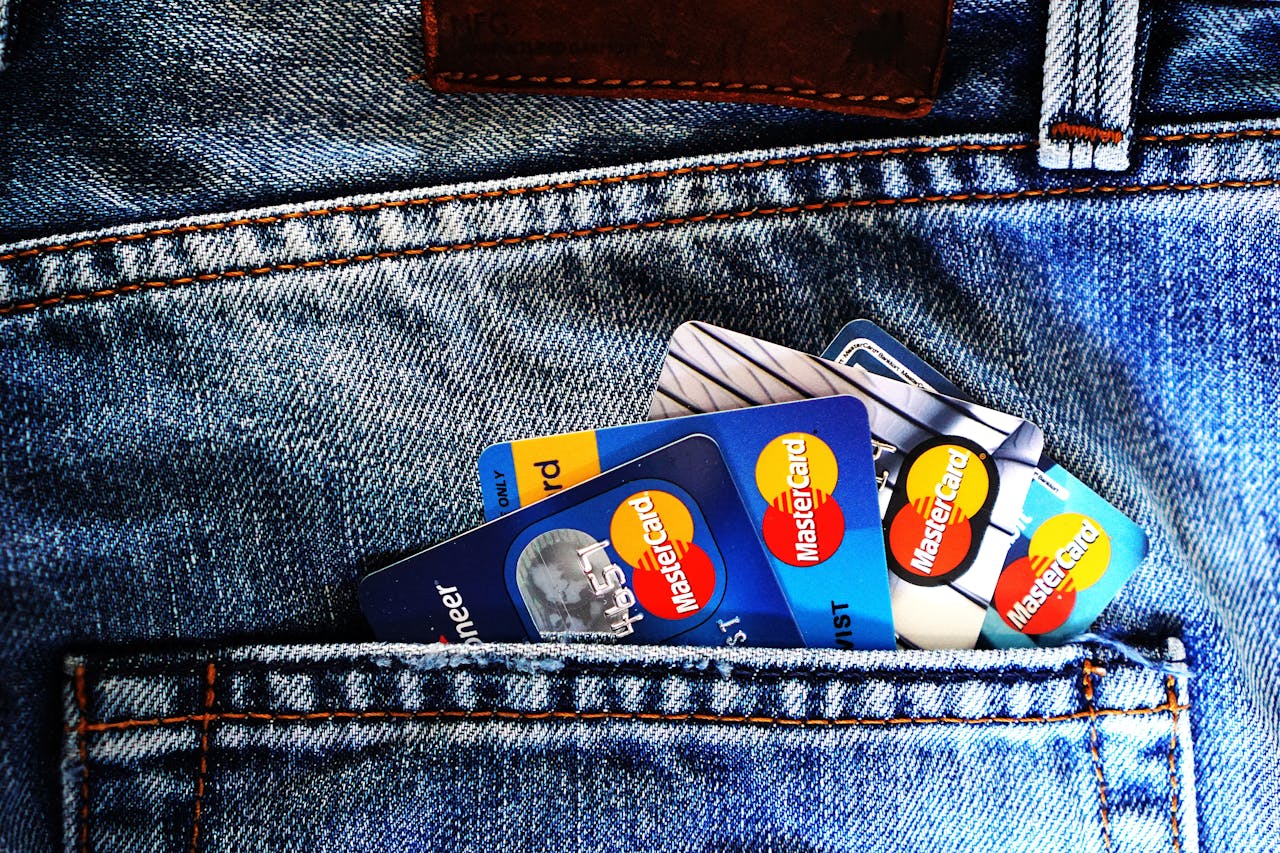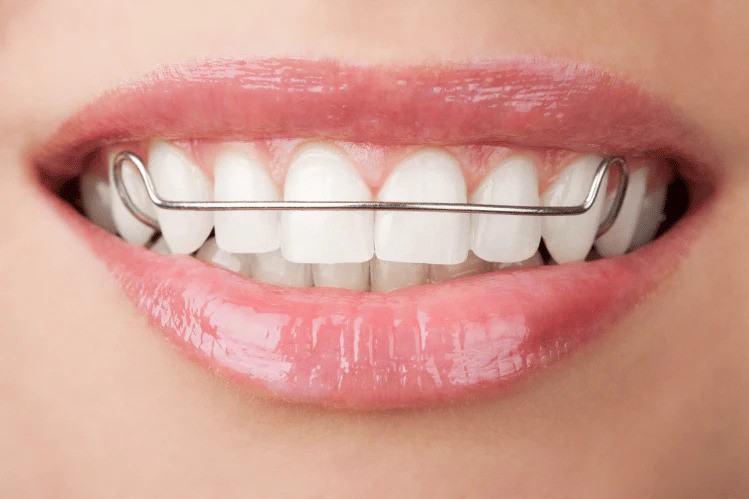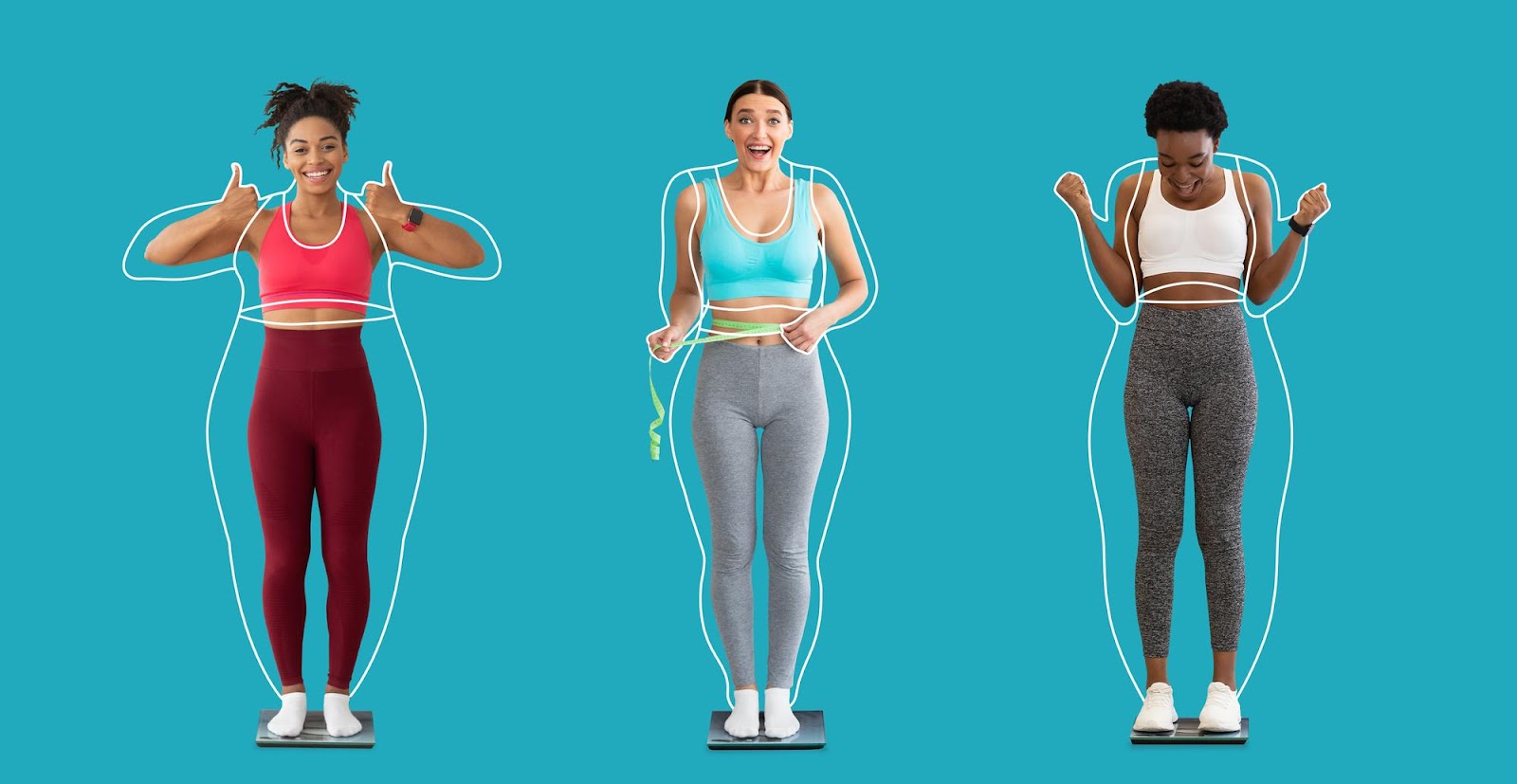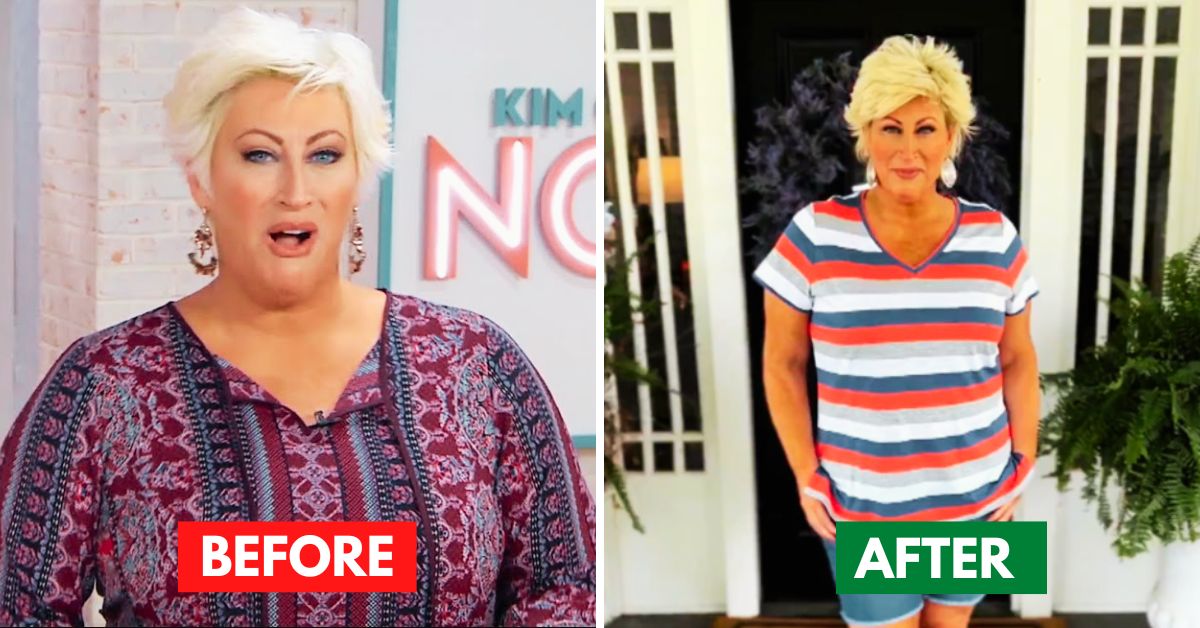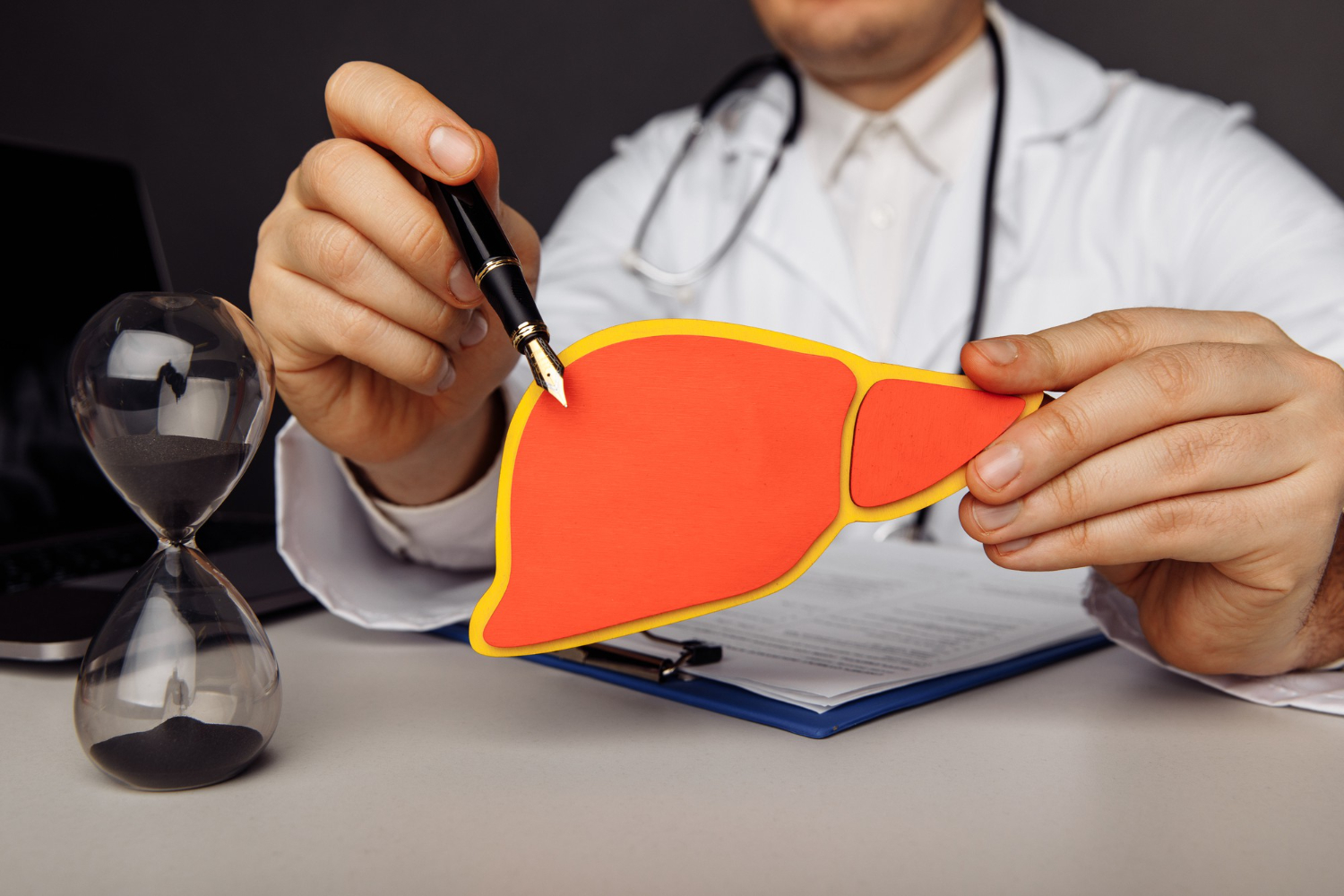A bright, confident smile often comes with significant effort, time, and money invested in orthodontic treatment. From the day your braces come off, it’s critical to maintain that alignment. However, as many people discover, teeth have a natural tendency to shift over time. You might suddenly wonder if your retainer can help shift your teeth back into alignment if things move out of place.
This blog answers the pressing question, “Can a retainer shift teeth back?” We’ll explore how retainers work, the circumstances under which they might help realign teeth, and when you need to consider other orthodontic treatments. By understanding these essentials, you’ll know how to preserve your smile and get the most out of your orthodontic investment.
What is a Retainer and How Does it Work?
Retainer Function and Purpose
A retainer is a custom-made orthodontic appliance designed to keep your teeth in their newly aligned positions after undergoing orthodontic treatment, such as braces or aligners. Its primary function is not to move teeth but to ensure they stay where they were positioned after treatment.
Think of it as the final safeguard for the straight teeth you worked so hard to achieve. Once teeth are aligned, the surrounding tissues, ligaments, and bones need time to stabilize. A retainer holds your teeth in place while this happens, preventing your smile from reverting to its pre-treatment state.
Types of Retainers
There are two main types of retainers, each designed for slightly different functions:
- Fixed Retainers (Permanent): These are thin wires bonded to the back of your teeth and are particularly useful for long-term maintenance.
- Removable Retainers (Essix or Hawley retainers): These can be taken out and are often worn at night. While convenient, they’re less discreet than fixed retainers and must be worn consistently to prevent shifting.
Retainer Best Practices Post-Braces
Orthodontists usually recommend wearing a retainer for 12–22 hours daily for the first few months post-treatment. Over time, this can be reduced to overnight wear, but consistency is key. Skipping the prescribed usage increases the likelihood of teeth shifting back over time.
Can a Retainer Shift Teeth Back? Straight Answers
When Retainers Can Help
If your teeth have shifted slightly after you stopped wearing your retainer, there’s a chance it might help move them back into alignment—especially if it hasn’t been too long. For example, if your teeth have moved a millimeter or two, and your removable retainer still fits snugly without pain, wearing it consistently may resolve minor alignment issues.
When Retainers Won’t Work
Unfortunately, retainers aren’t designed for significant tooth movement. To shift teeth back significantly, orthodontic appliances like braces or aligners are necessary as they apply continuous pressure to reposition your teeth.
Here’s why retainers alone won’t work for major misalignment:
- They don’t apply consistent force.
- They lack the ability to guide teeth during movement.
If your teeth have moved seriously, attempting to force an old retainer back onto your teeth can cause damage, including tooth stress, pain, and even gum or root issues.
What Orthodontists Say
Most orthodontists agree that retainers are a maintenance tool and not a corrective one. According to Dr. Heather Desh, mild shifting due to short-term neglect of retainer use can sometimes be reversed. However, more pronounced changes often require re-treatment with braces or aligners.
Why Do Teeth Shift Even After Wearing Braces?
Natural Causes of Teeth Shifting
Your teeth are not fixed rigidly in your jaw—they are held in place by the periodontal ligament, a flexible structure that allows minor movement over time. Several factors can lead to shifting even after braces, including:
- Aging: The jawbone naturally changes as you age, causing minor movement.
- Daily Chewing Forces: Everyday activities exert pressure, which can lead to gradual changes in alignment.
- Wisdom Teeth Eruption: Emerging wisdom teeth can crowd existing teeth.
Lifestyle Factors
Other contributors to shifting include missing retainer use, teeth grinding, or accidents that impact your jaw alignment. These can accelerate the natural movement process, making regular retainer wear even more crucial.
Factors That Determine If Retainers Can Help Realign Teeth
Whether or not your retainer can shift your teeth back largely depends on these key factors:
- Time Since Last Use: If it’s been weeks since you last wore it, the retainer is more likely to work. If it’s been years, it probably won’t.
- Extent of Tooth Movement: A slight misalignment may be corrected by the retainer, but significant gaps, overlapping, or rotations require professional intervention.
- Fit of Retainer: If the retainer fits snugly without causing pain, it might help realign your teeth. If it feels too tight, stop using it and consult your orthodontist immediately.
- Risk of Damage: Ill-fitting retainers can harm teeth and gums, leading to complications like enamel erosion or gum irritation. Always check with a dental professional before continuing to use a tight retainer.
What to Do If Your Teeth Have Shifted
If you’ve noticed changes in your alignment, follow these steps to address the issue:
- Assess the Movement
Look for visible gaps, overlaps, or bite issues. Take note of any discomfort when chewing.
- Test Your Retainer Fit
Carefully try wearing your retainer. If it feels painful or doesn’t fit, stop immediately.
- Consult an Orthodontist
A professional will assess whether your retainer can still be effective or if additional treatment, like new retainers or aligners, is needed.
- Explore New Treatments
Aligners, such as Invisalign, may be recommended for minor corrections. For more significant issues, traditional braces might be necessary again.
Tips for Preventing Teeth from Shifting
Retainer Care and Use
- Follow your orthodontist’s instructions for retainer wear.
- Clean retainers daily using non-abrasive toothpaste and cold water to prevent warping.
- Always store your retainer in a proper case when not in use.
Protect Your Teeth
- Avoid grinding your teeth by wearing nightguards if necessary.
- Maintain good oral hygiene to prevent gum disease, which can cause teeth to become loose.
Lifestyle Adjustments
- Limit habits like nail-biting or using teeth as tools, which can disrupt alignment.
- Schedule regular dental checkups to monitor tooth health and alignment.
Keep Your Smile in Check
Retainers play a vital role in maintaining your smile after braces or aligners, but their ability to realign teeth is limited to minimal shifts. If your retainer no longer fits or shifting has become noticeable, consulting an orthodontist is your best course of action.
Remember, prevention is always better than cure. Consistent retainer use and proper oral hygiene can save you from unnecessary stress down the road.
Need expert advice on your shifting teeth? Schedule a consultation with your orthodontist today to explore the best solutions for your smile!
FAQs
Will wearing my retainer again move my teeth back?
It can, but only if the shifting is minimal and it hasn’t been too long since you stopped wearing it. Always consult a professional before resuming use.
Can teeth relapse even with retainers?
Yes, mild shifting may still occur due to natural factors like aging. However, consistent retainer use minimizes the risk significantly.
Can I wear my retainer after not wearing it for months?
If the retainer fits snugly without causing excessive tightness or pain, it might still be effective. If not, visit your orthodontist for advice.
Can a permanent retainer shift teeth back?
No, permanent retainers are designed to hold teeth in place, not move them.




